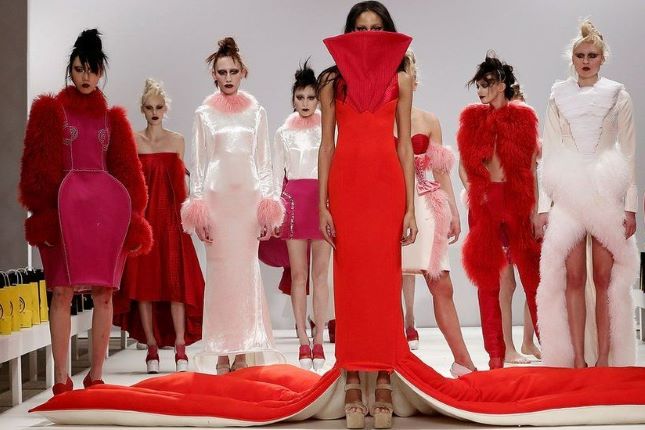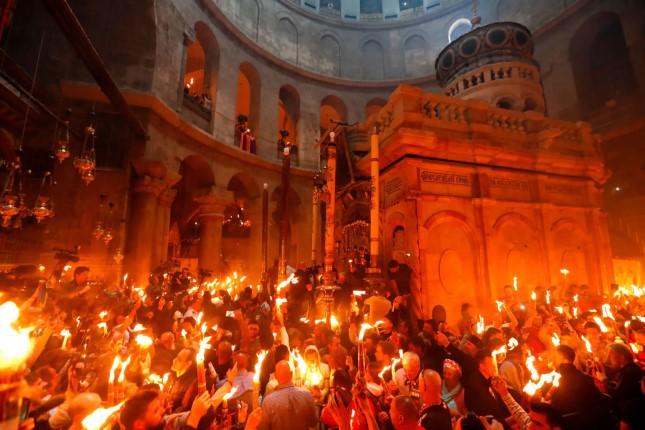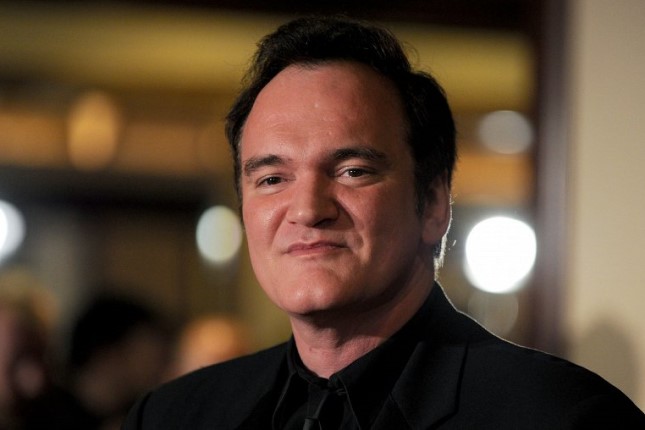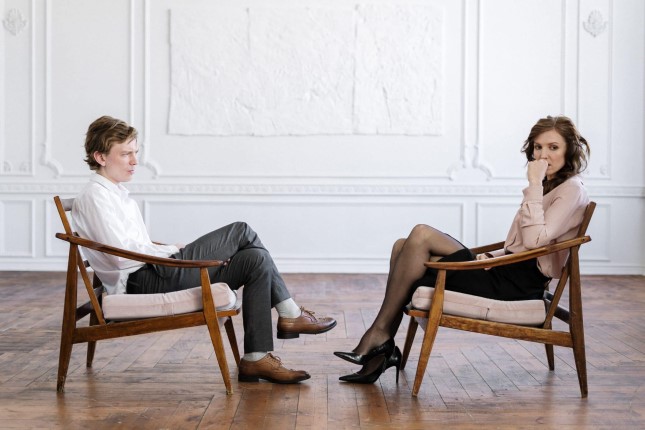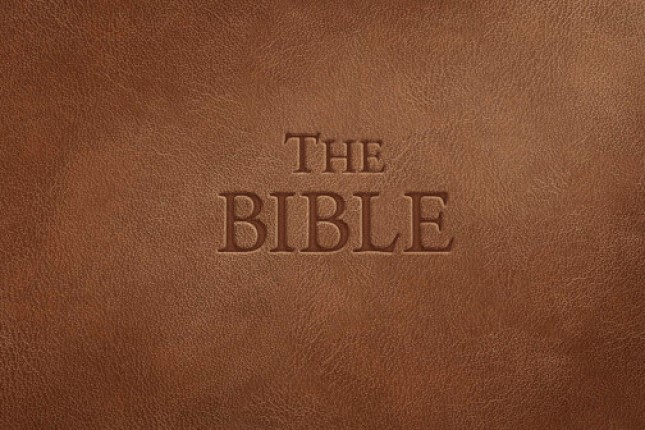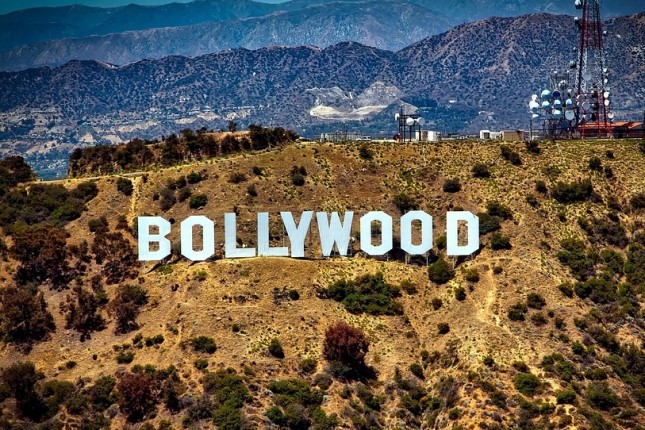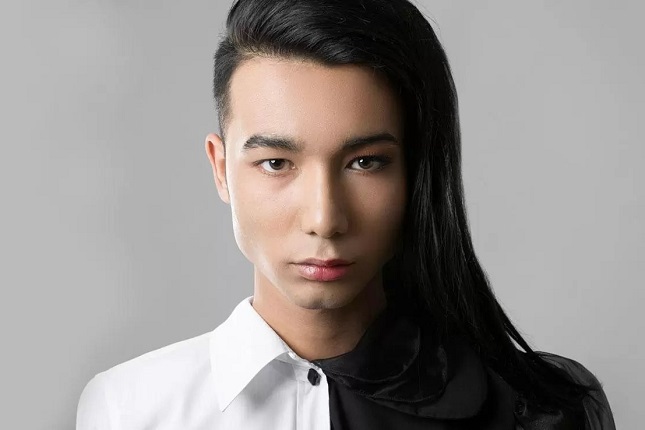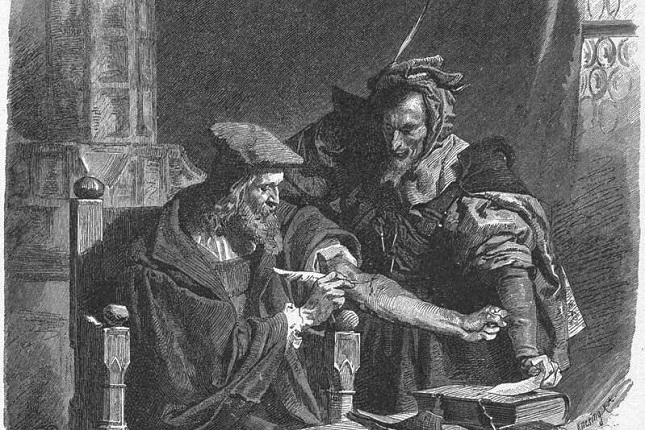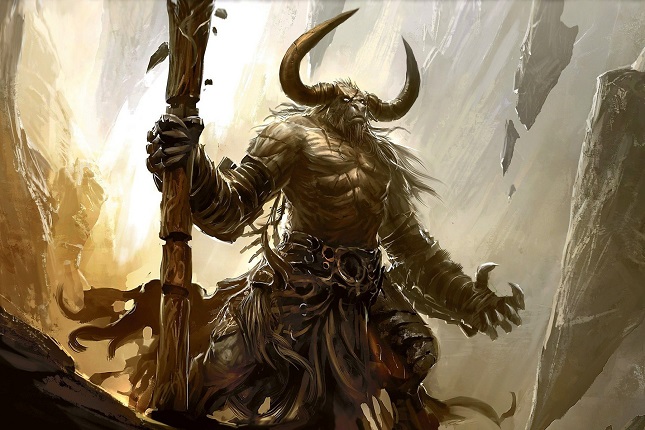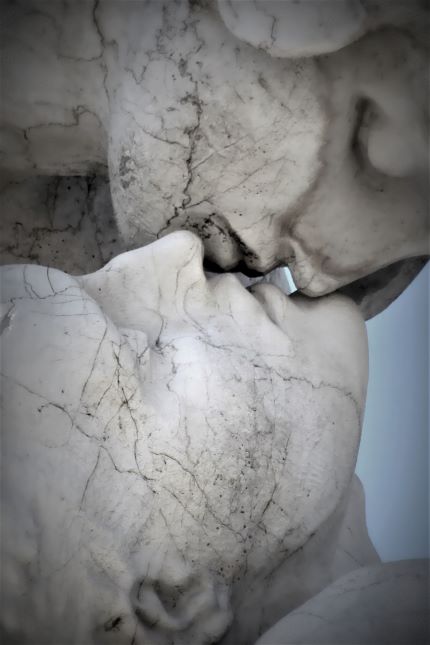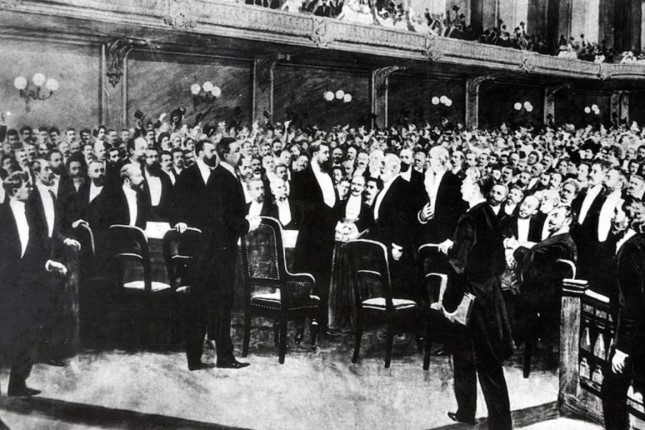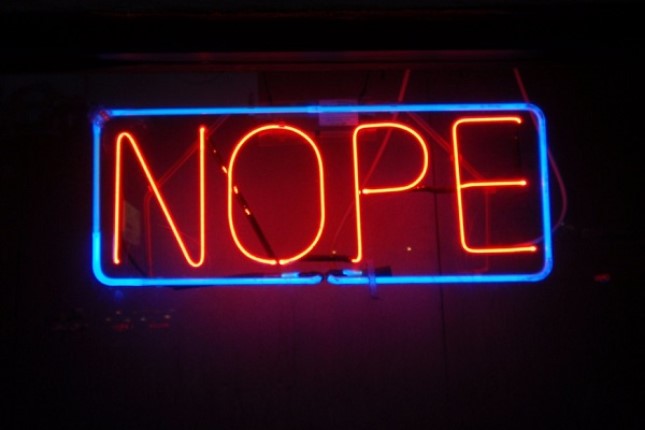The advent of new aesthetics, which is here to challenge classic beauty, is hard to ignore even if you don't patronise modern art museums. Its ubiquitous presence in everyday life is exemplified in cosmetic surgery patients all over social media, surprising us with oddly transformed looks. Remarkably, many of those are young, sometimes aged below thirty. Excessive lip enlargement and other kinds of tinkering with one's face, let alone other body parts, create some imagery that can by no means be called attractive or even sexually appealing. The same goes with this excitement over getting tattooed and pierced when the resulting look is frightening. In a similar trend, they are trying to "cancel" the usual criteria of feminine beauty and populate runways and tabloid pages with models that deviate from previously acknowledged parameters.
Human appearance is not the only thing that is marred. The aesthetic canon of art is also changing. Instead of an art form, we have a big shapeless piece of clay, which your imagination can shape into anything, but rather, it forms something quite definite.
Conceptualist art, which has become one of the most prioritised trends today, states that form is of no importance. It is the author's idea that matters. Chaotically structured and stylistically primitive texts dominate the literature. Rap manifests new aesthetics in music, with its lyrics containing a few words, typically unprintable. We see something that used to be "ugly" is now proclaimed "beautiful".
The scale of changes is hard to overestimate as it is considered the emotional response to the "ugly" is connected with the gag reflex directly. Now, we are encouraged to admire it. What does this change mean? Do we see new aesthetics being born or a total collapse of our former concept of the beautiful?
The notion of beauty and aesthetic assessment are remarkably individual. Nevertheless, these individual judgements are within certain boundaries. Immanuel Kant differentiated between the pleasant, something individually likeable, and the universally "beautiful", which anyone should like as it is in line with common standards. Nobody has ever had an idea to portray Snow White or Cinderella one-eyed, lame with a long, crooked nose. Despite fashion twists, changing epochs and social systems, the beautiful has always been beautiful, and the ugly remained ugly.
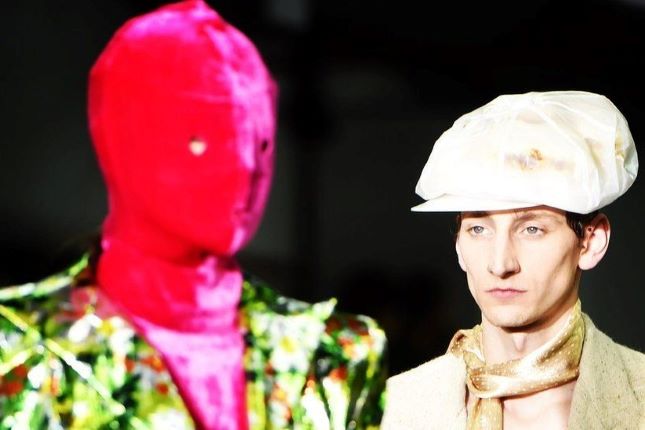
It is important to understand what the notion of beauty means and where it stems from. If we take it philosophically, we can consider it a form. What is form, and what are its basic functions? Form never exists isolated. Art form is more like a manifesto: evolving content, content in motion. Great forms, or great works of art, usually have extensive hidden content. And it is not about the artist's personality. The artist's geniality is typically the way of expression. Therefore, there is a massive and highly sophisticated mythology behind beautiful antique statues. Antiquity aesthetics behind Renaissance art enriched Christian theology and philosophy. Soviet art, at its best, reflected the vision of the future of dozens of millions of people. It may sound offensive to some creators, but an artist never invented anything. The artist's objective was laconism of expression of the feelings of large groups of people.
So, what content do 'forms' (or rather their absence) in modern art tell us about? As a rule, it is a kind of personal idea or an author's concept, which the curator or an art dealer will explain to you while trying to sell the creation. To pass for an intelligent man, you must nod in deep thought and go tut, tut. The author, meanwhile, might well be quite surprised to hear such an interpretation. On the contrary, people's emotions admiring the statue of Venus of Milos varied within the same scale. All of them knew the myth, and despite their background, they experienced similar feelings; they were in the same "territory". Isn’t it the definition of beauty as the positive aesthetic perception we used at the beginning of the article?
Thus, the concept of beauty transformation in today's world lacks large-scale social ideas and projects, including religion, society atomisation, and general content. This corresponds to a number of small clays existing in reality. Today's aesthetics reflects the laws of consumerism, where the chameleon law works: you should constantly adjust to the environment to consume more.
This leads to the stereotype that the so-called "trout pout" brings a woman success in private life – and women flock to plastic surgery clinics without thinking twice. The notion of "beauty" is now similar to other advertised goods: if you could convince a consumer that you sell "beauty", then you have the right to define the parameters.
Hence, we turn to the ideology of transhumanism, where any "improvement" of a human is justified if it gives some "evolutionary advantages". All that will divert us from the traditional concept of beauty, mixing up the beautiful and the ugly and, as a result, the good and the evil.
